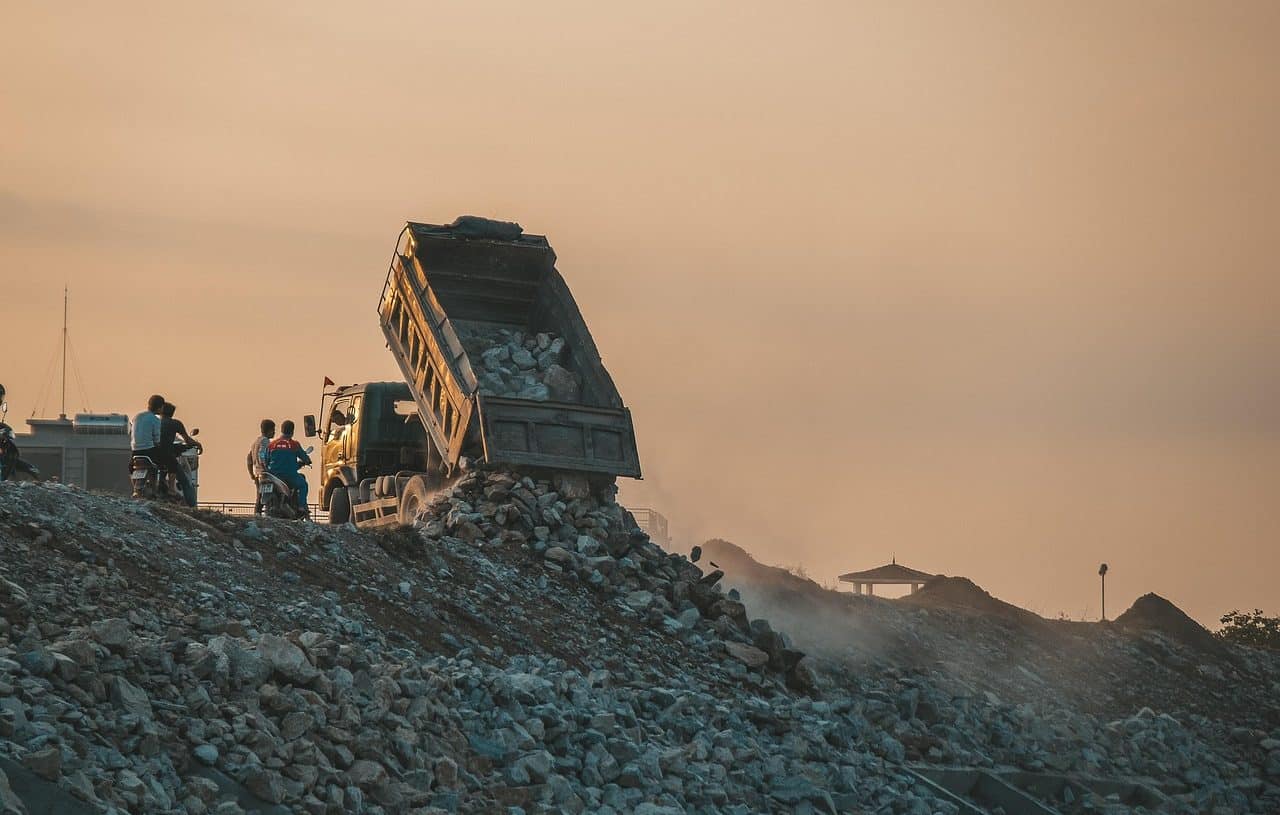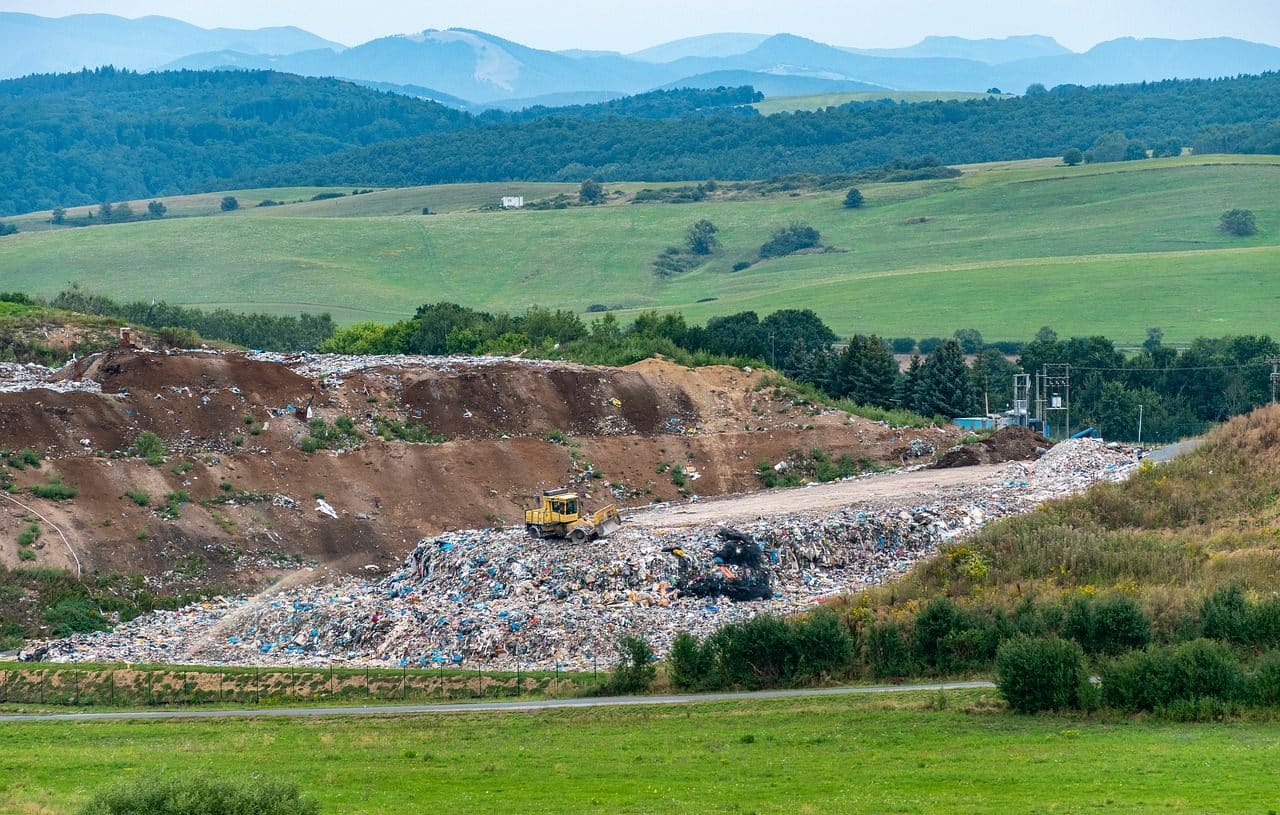
The final deposit of garbage is known as a landfill.
A landfill is a space into which things can be dumped . This verb (pour), for its part, refers to spilling a liquid or throwing some type of element .
For example: "They found an unexploded grenade in a San Pablo landfill," "The environmental organization recommended sealing the landfill," "The dam landfill is about to overflow."
The landfill as a final deposit for garbage
The most common use of landfills is linked to the final deposit of garbage ; That is why landfills are also known as garbage dumps or garbage dumps . There are landfills authorized by governments , which choose the deposit site according to environmental, social and economic issues and then control its operation. Others, however, are clandestine landfills that arise spontaneously.
It is important to highlight that landfills, whether controlled or clandestine, always generate pollution . When waste decomposes, toxic gases can be released into the atmosphere. Decomposition can also affect groundwater , which is often consumed by residents of the area.

It is important that authorities take measures to minimize the effects of pollution in landfills.
Classification according to type
In addition to the names mentioned above, landfills are also known as sanitary landfills or dumpsites, and we can classify them in different ways. Broadly speaking, we must distinguish between the following two types:
- Clandestinos : this is a place where a group of people decide to throw away their solid waste, without having taken into account the issues they raise regarding the care of the environment . As can be deduced, a clandestine landfill is a serious source of pollution, which inevitably leads to epidemics and other social disorders. They usually establish themselves in natural sinkholes or depressions.
- Urban or municipal : it is the one that the municipal government chooses after having carefully studied the relevant social, environmental and economic aspects. This type of landfill is also called sanitary or controlled , and its impact on the environment depends on the effectiveness of the measures taken by the body responsible for its creation.
Landfills and biogas
To minimize contamination, authorities must waterproof the surface of the landfill, ensuring that contaminants do not reach natural soil and groundwater. On the other hand, it is important that the biogas generated by the decomposition of garbage be recovered.
The concept of biogas , for its part, refers to a combustible gas that originates in nature or in certain devices as a consequence of reactions that biodegrade organic matter. When oxygen is not present, that is, when we are in an anaerobic environment, microorganisms act to produce this phenomenon.
Another name by which this compound is known is swamp gas , because in these spaces a biodegradation of plant residues takes place that can be perfectly compared to that mentioned in the previous paragraph.
A hydraulic structure
A hydraulic spillway , on the other hand, is the structure that allows water to pass through a dam . The purpose of these spillways is to secure the structure of the dam and ensure that the water level does not vary too much.
The joint use of hydraulic weirs and gates can keep a waterway navigable.
The landfill in "Avenue of Mysteries"
John Irving , acclaimed American writer, is the author of "Avenue of Mysteries" . There it tells the story of two brothers, Juan Diego and Lupe, who grow up in a landfill.
They are called “the garbage boys” because they are in charge of sorting the garbage and thus earning a living. The descriptions of the environment in which these two children live are detailed and chilling and invite us to think about the miserable lives that many people have in the world and the consequences of economic neoliberalism in the pyramid of social classes.
